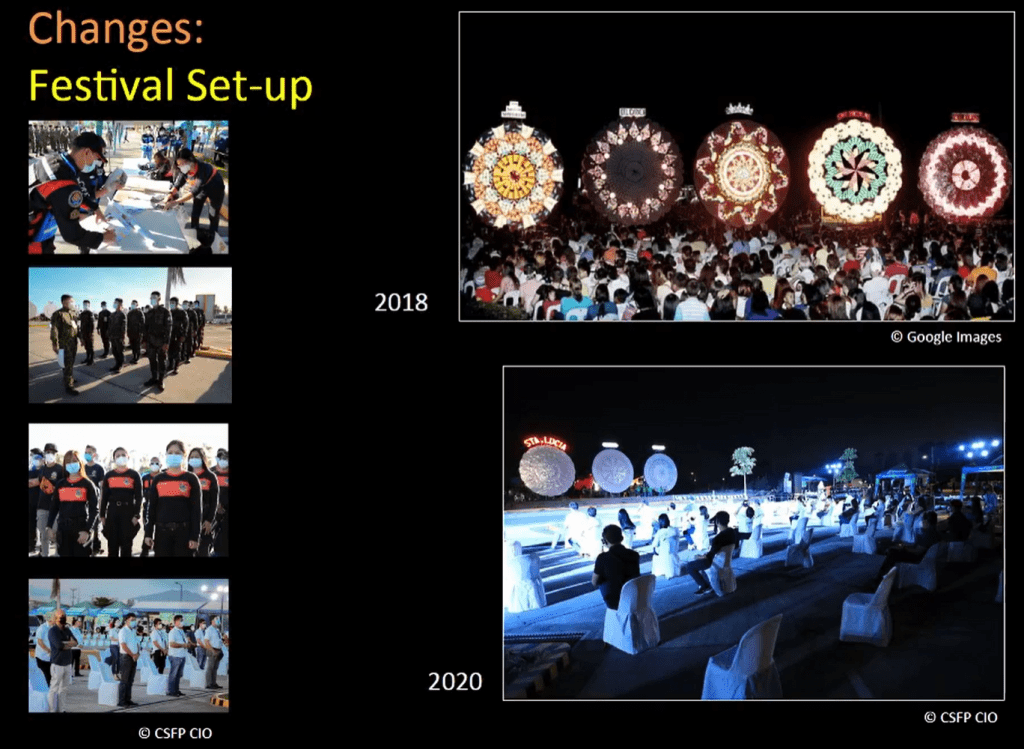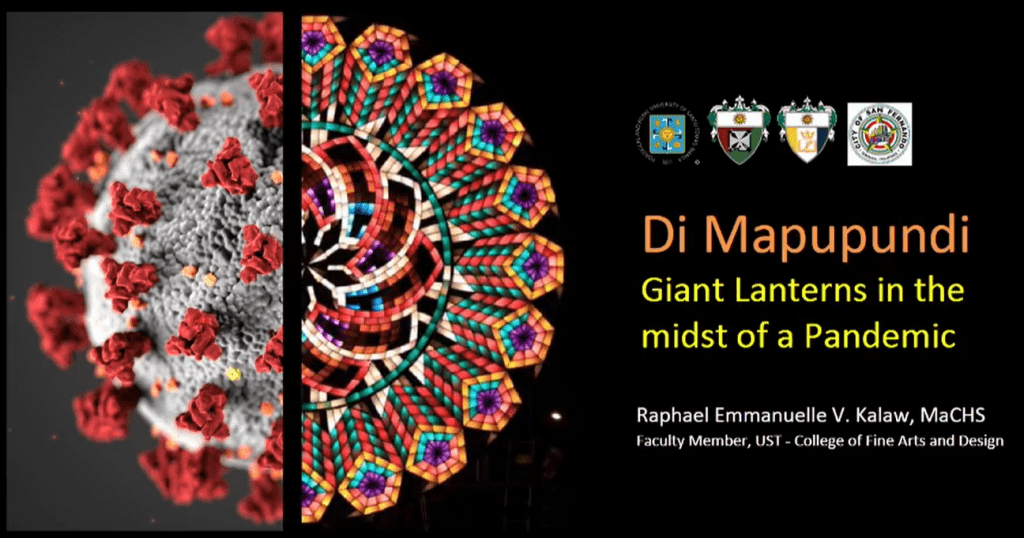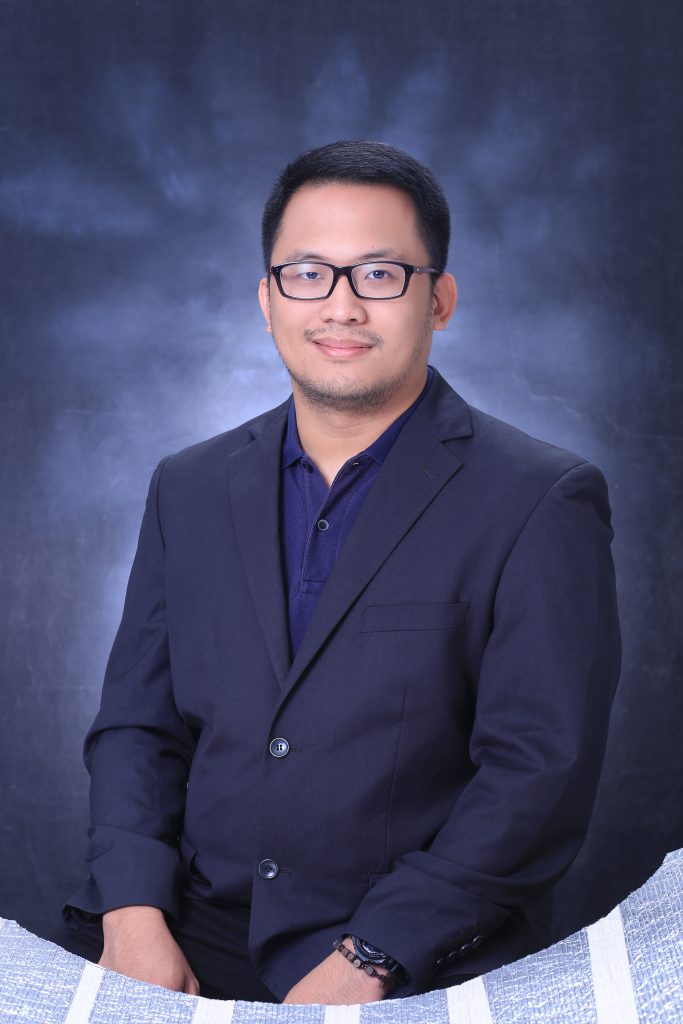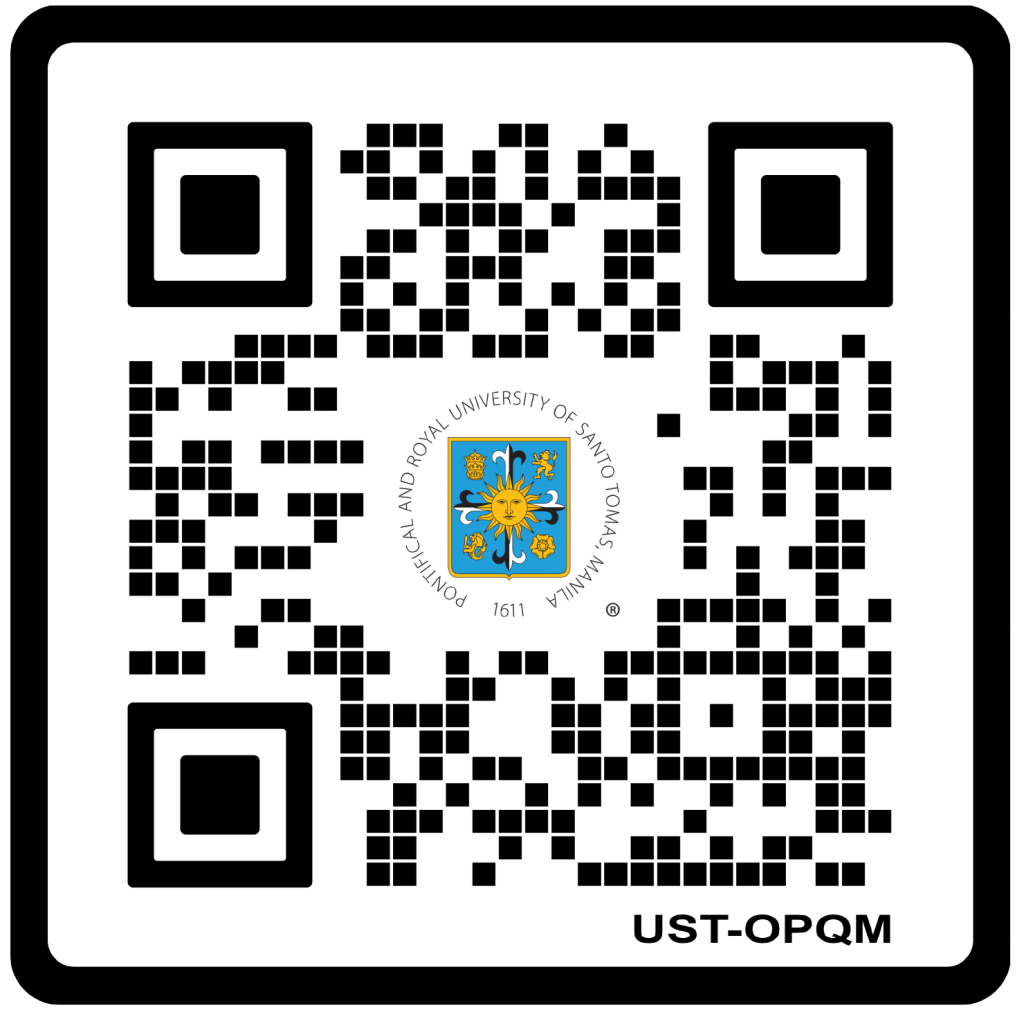College of Fine Arts and Design faculty member Mr. Rafael Emmanuelle Kalaw shared his research on recent developments in the local giant lantern-making practice amid the community quarantine scenario. He spoke at two online speaking engagements: on December 18, 2020 at the City of San Fernando’s “Fourth Fernandiknows Lecture Series,” and on December 29, 2020 at the Intramuros Learning Sessions.
Kalaw focused on the Giant Lantern Festival (GLF) which is annually held in December in the City of San Fernando, Pampanga. The festival, which Kalaw has studied for 11 years, features a competition of giant parol lanterns that can reach up to 20 feet. Because of the popularity of the festival, San Fernando City has been nicknamed the “Christmas Capital of the Philippines” and used to draw crowds of tourists. For this year, the lanterns were showcased online through the GLF official social networking pages and broadcasted through the Central Luzon Television channel.
In his lecture titled “Di Mapupundi: Giant Lantern in the midst of a Pandemic,” Kalaw highlighted the GLF as an intangible cultural heritage (ICH) since it is “transmitted through generations and is constantly recreated by communities in response to and in spite of the changing environment, which promotes cultural diversity and human creativity.”
The GLF first began in 1931, the year that electricity was introduced to the San Fernando Lantern, enabling the illusion of ‘dancing lights’ that followed band music through manually-controlled individual switches. The first GLF was held in honor of President Manuel L. Quezon, a Thomasian who donated the prize for the lantern contest. Through its almost 90-year history, more innovations, such as new materials and more energy-efficient lights, have been added to the competition entries.
More cooperation among the community members to make the best parol to represent their barrio has also been noted through the years. Kalaw quotes Emile Durkheim that by coming together for a ‘ritual activity’ [such as an annual celebration like the Giant Lantern Festival], local groups can reaffirm feelings of solidarity within their culture and reaffirm boundaries.
With the closure of businesses, limitations on social gatherings, and materials sourcing difficulties brought about by quarantine restrictions, the outlook for holding the Festival in 2020 initially seemed bleak. However, Kalaw gave his insight that rather than the ‘ritual of competition’ as the main motivation behind holding the GLF despite the pandemic, the people’s desire for a safe communal activity drove them to hold the Festival online.
“Having a ‘champion’ for the year was no longer an issue; the important thing was that everybody contributed to making sure that the GLF pushed through. It took the active involvement of the community, of the lantern-makers, of the government, and even the viewers,” shared Kalaw.
In a cultural perspective, Kalaw shared his reflections that the GLF tradition “represents San Fernando and its community, its values, and its identity.” Despite the challenges posed by the pandemic and the threat it poses to a culturally-significant local crafting industry and community tradition, the GLF’s transition to an online medium successfully “keeps significant values intact” such as Fernandino determination, discipline, and ‘diskarte’ and showcases the breadth of Kapampangan music. The online platform, according to Kalaw, also provides a wider reach, access mobility, and new opportunities for conservation and sustainable development.
Aside from teaching at CFAD, Kalaw’s professional practice focuses on cultural documentation, museum design, and product branding and advertising. He obtained both his Bachelor of Fine Arts major in Advertising Arts degree and his Master’s degree in Cultural Heritage Studies from the University of Santo Tomas.







